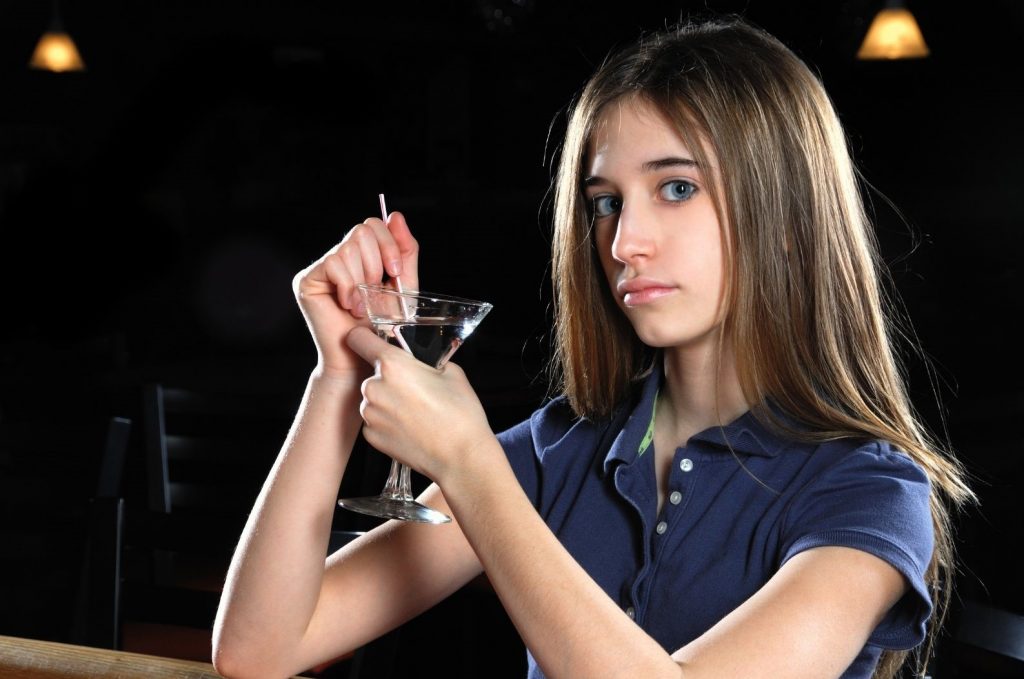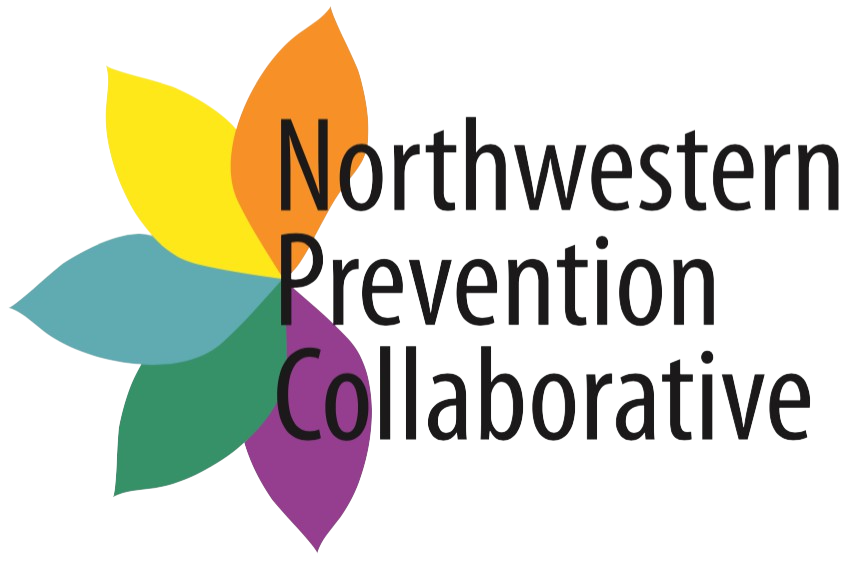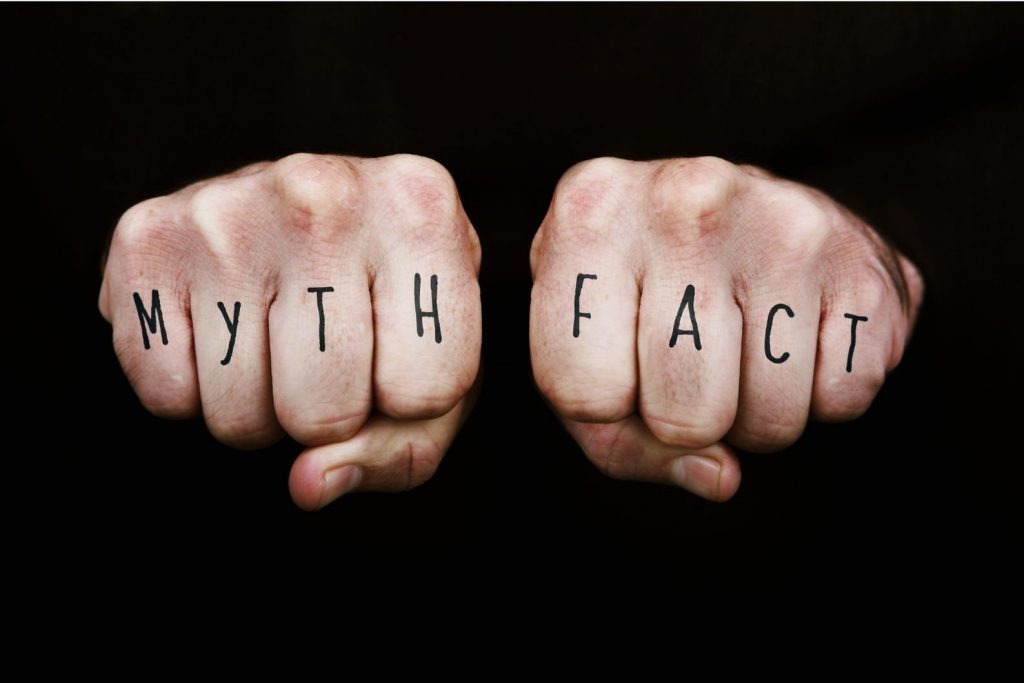With an abundance of information and misinformation out there, how do we know what is true? Underage drinking is defined as consuming alcohol while under the legal drinking age of 21-years-old. According to the Center for Disease Control and Prevention (CDC), most people younger than age 21 who drink alcohol report binge drinking; often consuming large amounts. Excessive alcohol consumption is defined as more than 1 drink per day for females and 2 for males. It can also be defined as 7 drinks in a week for females and 14 drinks in a week for males. Along with this information, we have to keep in mind that one “drink” can be classified as 12 fl. oz. of beer, 8-9 fl. oz. of malt liquor, 5 fl. oz. of wine or 1.5 fl. oz of liquor. Here are some common myths about alcohol, underage use, and the truth behind those myths.
Myth: “Underage drinking is not a big deal, all the kids do it.”
Fact: Actually, over ¾ of teens surveyed locally reported not using alcohol at all in the last 30 days. Alcohol has detrimental effects on the teenage brain, hindering learning and impairing cognitive functioning.
Myth: “Underage drinking doesn’t have long-term effects, you just feel sick the day after, right?”
Fact: Not exactly- teenagers who drink have been shown to score lower on tests that measure intellectual ability than those who do not drink. Not only are there subjective differences in scores and intellectual performance, but alcohol can also physically impact brain development.
Myth: “Only people who don’t know how to drink binge drink. I know better.”
Fact: Over 90% of teenage drinking can be classified as binge drinking, and there is no evidence that suggests that this is because they have not learned to drink.

Myth: “Kids are going to drink. There’s nothing really that can be done to prevent it.”
Fact: According to a new study from SAMHSA, one in five parents believe that he or she has little said in his/her child’s drug or alcohol use. Yet the study showed that children who believed their parents would disapprove of their behavior were less likely to use drugs or alcohol.
Myth: “It’s easy to sober up after long periods of drinking.”
Fact: Alcohol withdrawal symptoms often get worse over time and may continue for an extended period. What’s worse, alcohol withdrawal can be fatal.
For more facts on alcohol and how underage drinking affects teens, visit: https://store.samhsa.gov/product/facts-underage-drinking/PEP21-03-10-008
SOURCES:
Centers for Disease Control and Prevention. (2019, December 30). Binge Drinking is a serious but preventable problem of excessive alcohol use. Centers for Disease Control and Prevention. https://www.cdc.gov/alcohol/fact-sheets/binge-drinking.htm.
The Recovery Village Drug and Alcohol Rehab. (2021, March 12). 5 Underage Drinking Myths Debunked: The Recovery Village. The Recovery Village Drug and Alcohol Rehab. https://www.therecoveryvillage.com/teen-addiction/alcohol/underage-drinking-myths/.
Underage Drinking: Myths vs. Facts. Underage Drinking: Myths vs. Facts | SAMHSA Publications and Digital Products. (n.d.). https://store.samhsa.gov/product/underage-drinking-myths-vs-facts/PEP21-03-10-007.




Comments are closed.